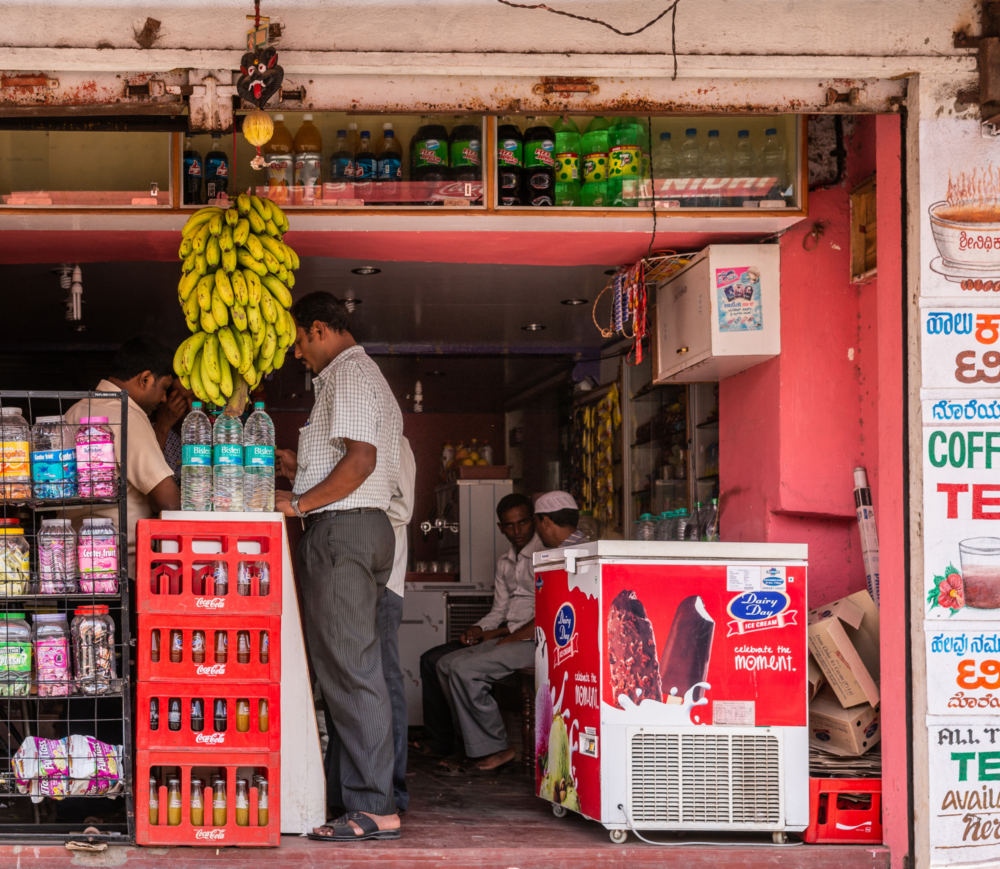Performance and Efficiency of Off-Grid Appliances with Power Converters: Phase 1
This report summarises the findings of laboratory tests that were conducted to provide a better understanding of the efficiency, performance and costs of common use cases of power supply and appliance types in off- and weak-grid areas.

Increasing electrification in sub-Saharan Africa and South Asia involves a continually evolving and complex ecosystem of AC electrical grid extension, AC or DC mini-grids, and AC or DC solar home systems (SHSs). While governments continue to develop grid extension plans to reach off-grid areas, companies are either focusing on reaching off-grid areas through AC or DC mini-grid development, or SHS distribution in both off- and weak-grid areas.
This varied approach to electrification is reflected in the mix of AC and DC appliances being used in off- and weak-grid areas, as observed by the Low Energy Inclusive Appliances (LEIA) programme through its extensive market surveys of refrigerators, fans, TVs and solar water pumps in developing countries. Off-grid consumers have also been observed to use AC appliances with a DC solar home system given unavailable DC appliances in their market. As a result of this mix of electrification approaches and appliance types, the compatibility issues between AC and DC power supply and AC and DC appliances need to be addressed.
This report summarises the findings of the laboratory tests conducted to provide insight into the efficiency, performance and costs of common use cases of power supply and appliance types in off- and weak-grid areas. The findings should assist market stakeholders to understand the role power converters play in providing access to low-cost, efficient appliances.